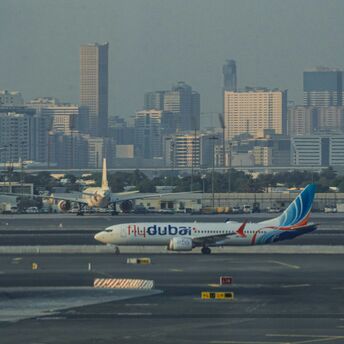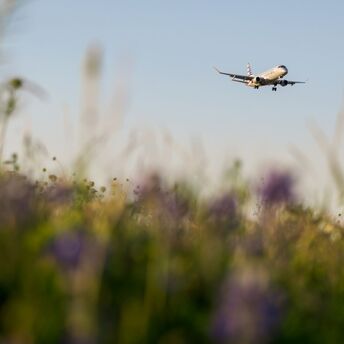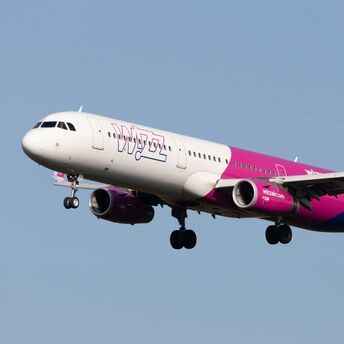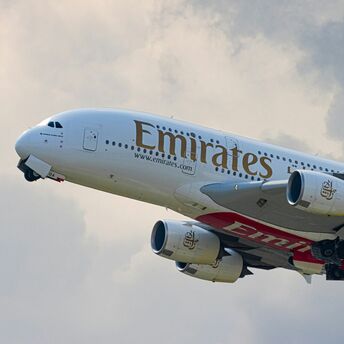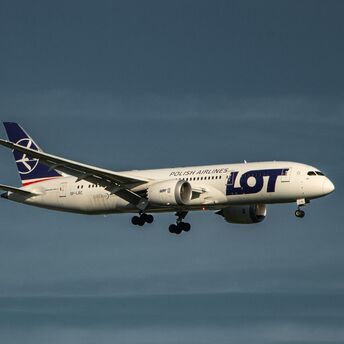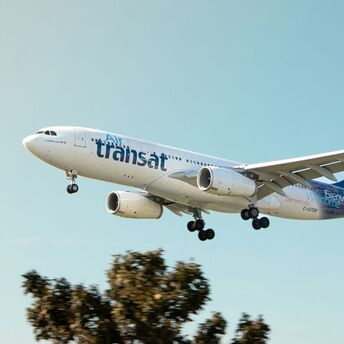How many people can fit on an airplane: the answer will surprise you
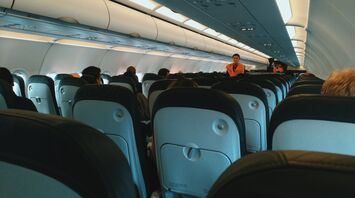
From small regional jets to massive jumbo jets, each aircraft has a different number of seats. So, whether you're planning your next family vacation or attending a business conference, it's important to know how many seats are on board the plane you're flying.
When it comes to passenger capacity, the size and configuration of the aircraft play a crucial role. Larger aircraft can usually accommodate more passengers, while smaller aircraft have a limited number of seats. This is stated in the material of wyandottedaily.com.
The size of an aircraft cabin, measured in terms of width and length, determines the number of seats that can be installed. Airlines often give preference to economy class seats, which typically offer the largest number of seats and occupy the majority of the aircraft's passenger capacity. As airlines are constantly looking for ways to maximize profits, economy class cabins are designed to accommodate as many seats as possible while maintaining passenger comfort and safety.
The factors that affect the number of seats in economy class include cabin width, seat configuration and legroom. Narrow-body aircraft, such as the Boeing 737 or Airbus A320, typically have one aisle and rows of seats in a 3-3 configuration. Each row can accommodate a certain number of passengers, and the number of rows depends on the length of the aircraft.
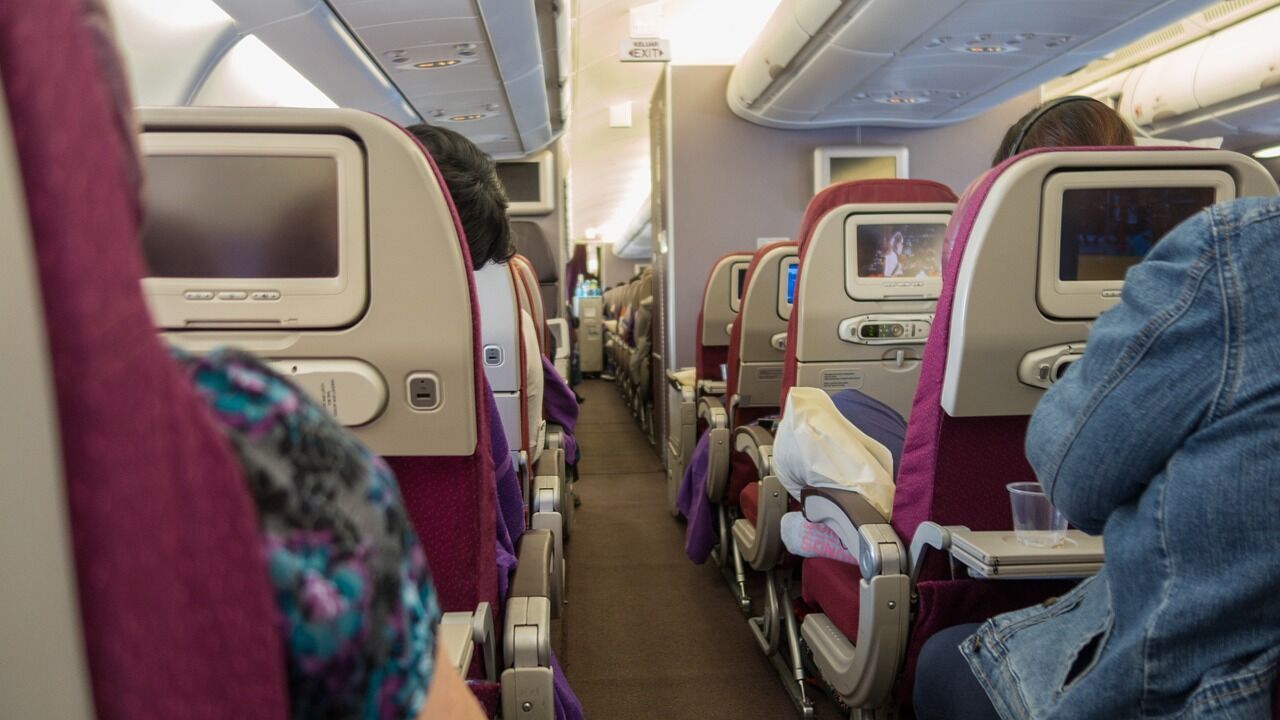
For larger aircraft, such as wide-body aircraft such as the Boeing 777 or Airbus A380, the cabin may be wider, allowing for more seats in a row. These planes often have a 3-4-3 or 3-3-3 seat arrangement, which increases the capacity of the economy class.
However, it is important to note that the number of seats in economy class may vary between airlines. Some may offer a little more legroom or opt for smaller seats for added comfort, while others will provide a tight configuration to accommodate more passengers. In addition, some low-cost airlines may even have smaller seat sizes or reduce legroom to accommodate more seats in the same cabin.
Business class and first class capacity
When it comes to premium seating options such as business and first class, passengers can expect a more luxurious and spacious environment. However, these accommodations also take up more space per passenger, resulting in a lower overall capacity of the aircraft. This is because these seats offer additional comfort and amenities: more legroom and an additional recline angle, which requires more space compared to economy class seats. Thus, while Business and First Class provide an exclusive experience, the number of passengers that can be accommodated is reduced.
Additional factors: seat recline and configurations
The distance between seats also plays a crucial role in determining the capacity of an aircraft. Airlines can choose different seat pitch options based on their preferences and the overall design of the aircraft. A larger seat pitch provides more legroom, but also reduces the number of seats that can be placed in a particular area. In addition, airlines can also choose different seat configurations, which range from more spacious layouts to denser arrangements, which affects the overall capacity of the aircraft.
Safety rules and crew size
For the safety of passengers, regulatory requirements require a sufficient number of crew members to be on board, which further affects the total number of passengers.
Considerations for emergency evacuation
The need to quickly evacuate passengers in the event of an emergency leads to regulations that determine the maximum number of passengers for each type of aircraft. These rules are in place to ensure that there is enough space and resources to effectively evacuate all passengers.



